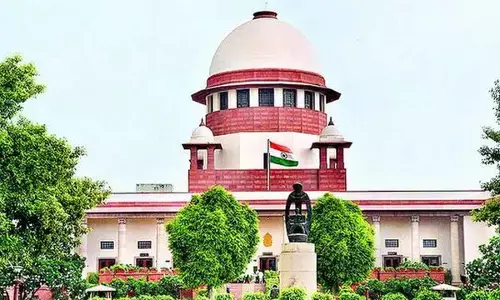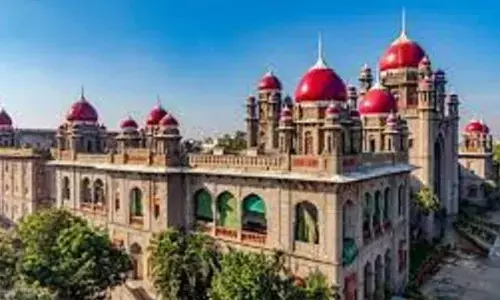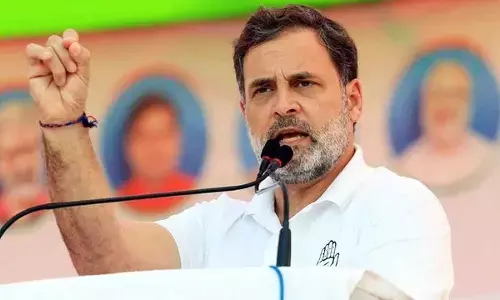Time for course correction

The economic downturn attributed by its adversaries to be the result of policy paralysis was the significant reason for the fall of UPA regime. The BJP could register a resounding victory in 2014 primarily due to the hope it generated on the revival of economy. But, the recent developments on the economic front certainly belied those expectations.
The economic downturn attributed by its adversaries to be the result of policy paralysis was the significant reason for the fall of UPA regime. The BJP could register a resounding victory in 2014 primarily due to the hope it generated on the revival of economy. But, the recent developments on the economic front certainly belied those expectations.
The botched demonetisation has inflicted a heavy pain on the economy especially the informal sector. The official explanation, however, is that this decline in growth is the result of pre-GST apprehensions that has resulted in destocking. The continuing deceleration and the steep decline in growth rates do not validate the government claims.
The worrisome fact is that the growth fell despite increasing the public expenditure that should have acted as a stimulus. According to figures from the Controller General of Accounts, central government spending during the first four months of financial year 2017-18 (April to July) amounted to 38 per cent of the budgeted total, as compared with 33 per cent in the corresponding period of the previous year.
Yet another alibi could be the global economic climate. But, the slowdown cannot be attributed to the global factors as India’s export performance improved during April-July this year as compared to the corresponding period in the last fiscal.
The contraction in private consumption and investment demand seems to be the major factor contributing to sluggish growth. The curbs on public spending owing to the policy of fiscal consolidation being implemented over a period has diminished the dynamism in the economy especially in the productive sectors like agriculture and manufacturing.
NPAs or bad loans in State-owned banks touched Rs 6.41 trillion by March 31, 2017 from Rs 1.56 trillion on 31 March 2013. This excludes restructured loans. The ballooning NPAs which was the result of credit boom that induced the high growth in the yester years crippling the banking sector resulted in sharp slowdown in credit delivery in the recent months leading to adverse impact on growth.
Besides, these long-term and structural factors causing depressed growth, the demonetisation-induced unprecedented monetary contraction resulting in artificial recession has rubbed salt in the economic wounds.
The high GST rates can further compress the demand leading to further deceleration of economic growth. In fact, the economic woes are more comprehensive. Economic growth decelerated to a three-year low of 5.7% in the June quarter of 2017-18.
The Current Account Deficit (CAD) hit a four-year high in the same quarter at 2.4% of Gross Domestic Product (GDP) despite benign oil prices. Exporters have been hit hard by a rising rupee despite recent upturn.
Even surgical strikes like abridging the rural jobs scheme since 2014 have dampened rural growth adversely affecting overall growth. The NDA government made the MGNREGA resource-driven rather than demand-driven despite two consecutive years of drought.
The restrictions on selling cattle is one of the reasons for growth in animal husbandry coming down in the June quarter of 2017-18, thus affecting agricultural growth. The government cannot blame it over anyone. Its own policy prescriptions are the reasons for the present crisis. it's the time for course correction.

















